Urban Big Data Analytics
Lecture 1Course Introduction
July 17, 2019
Instructor: Andy Hong, PhD
Lead Urban Health Scientist
The George Institute for Global Health
University of Oxford
A bit about me

▸ Lead Urban Health Scientist
▸ Co-founder of Healthy Cities Network
▸ Studied informatics, geography, and public policy
▸ Bike commuter and hiker
▸ A father of two kids
Course overview
- Updated course syllabus (link)
- 4 assignments
- 11 group sessions
- 1 final group project
- Extra perks:
- Two TAs: Tom and Julian
- Two guest speakers: MSc in Data Science
| This course is about | This course is NOT about |
|---|---|
|
|
Let's break the ice
- Tell us your name and where you are from
- What is your major of study?
- What do you want to get out of this course?

Data scientist

Data is the new oil
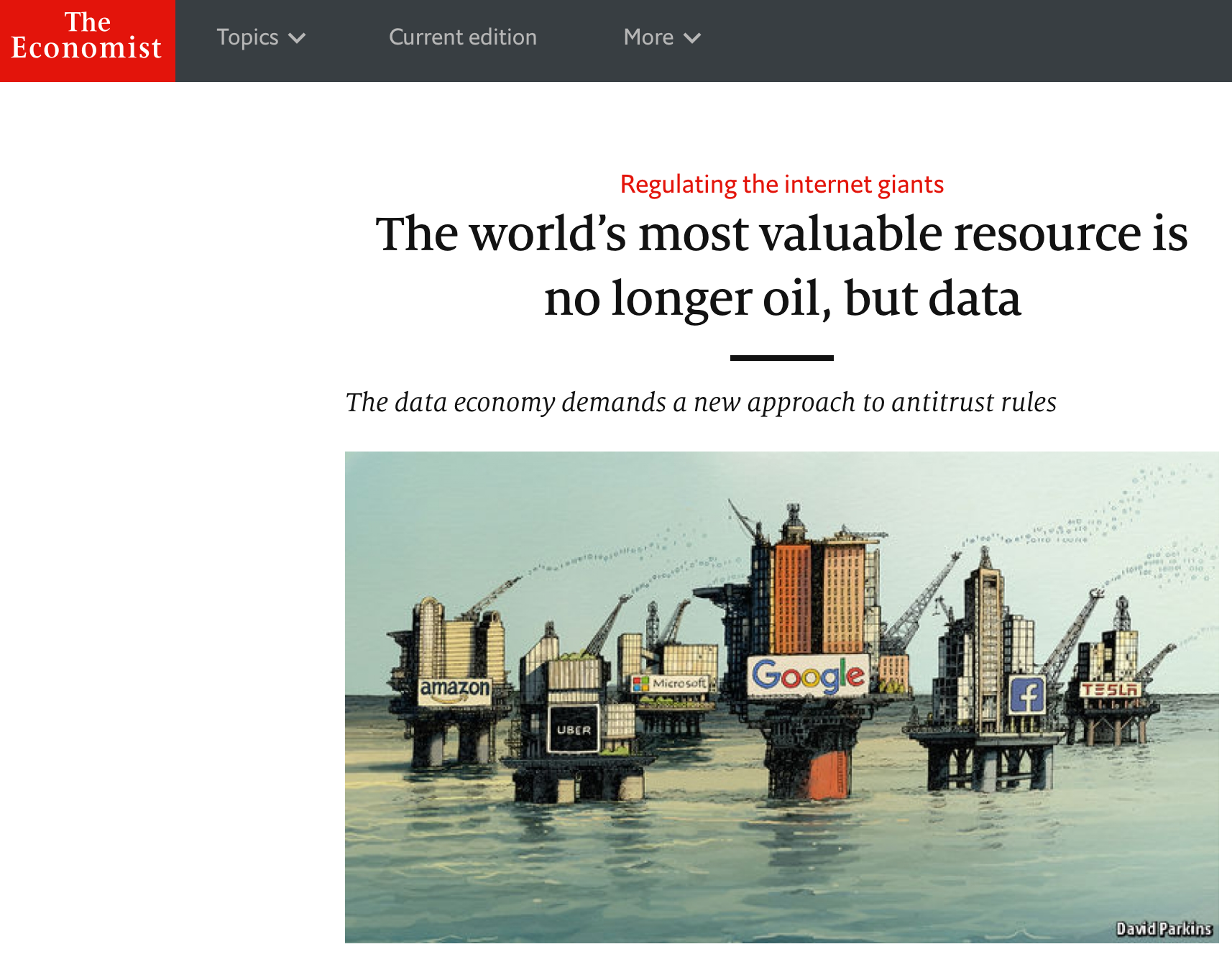
From data to insights
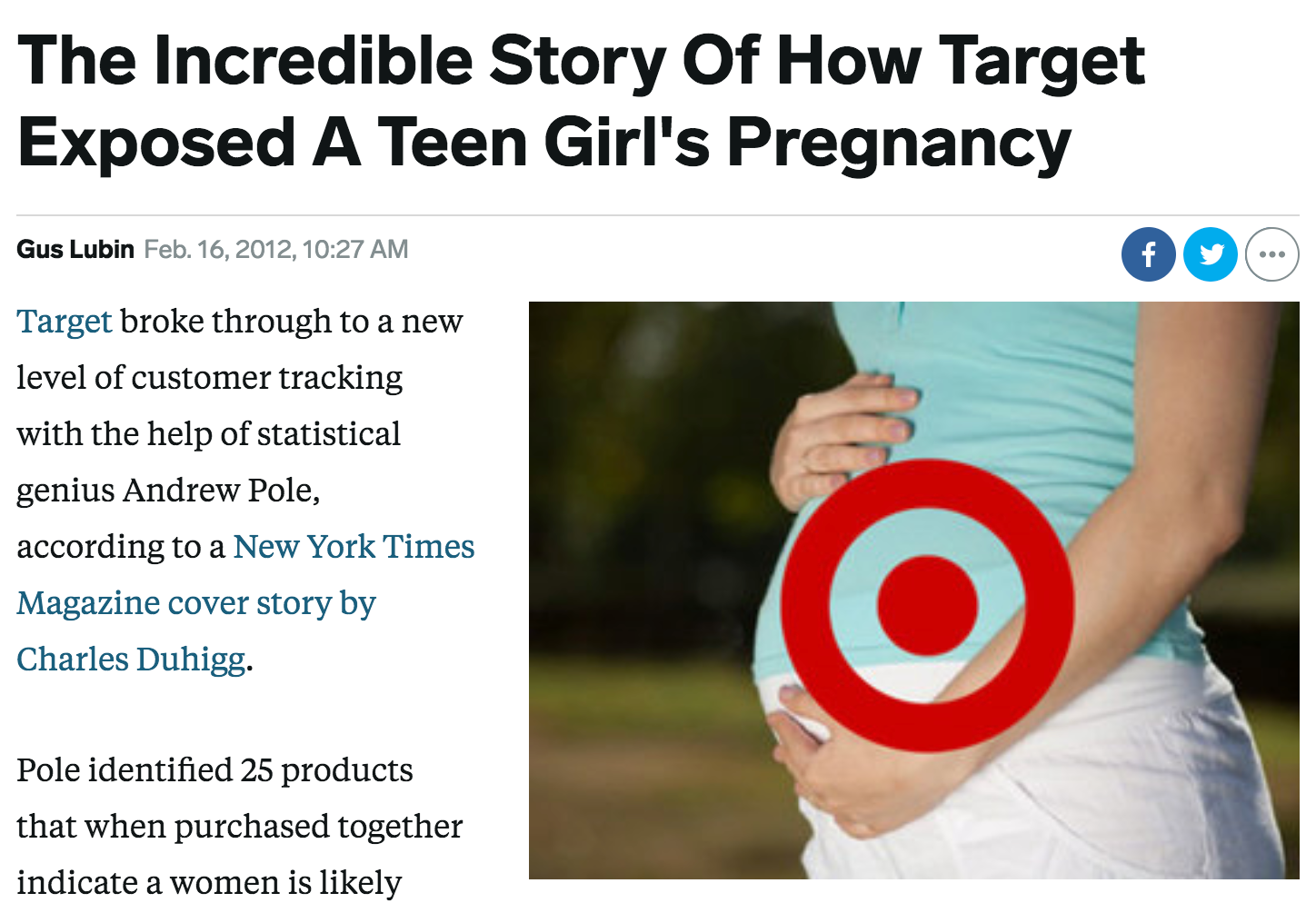
What is data science?

What is urban data science?
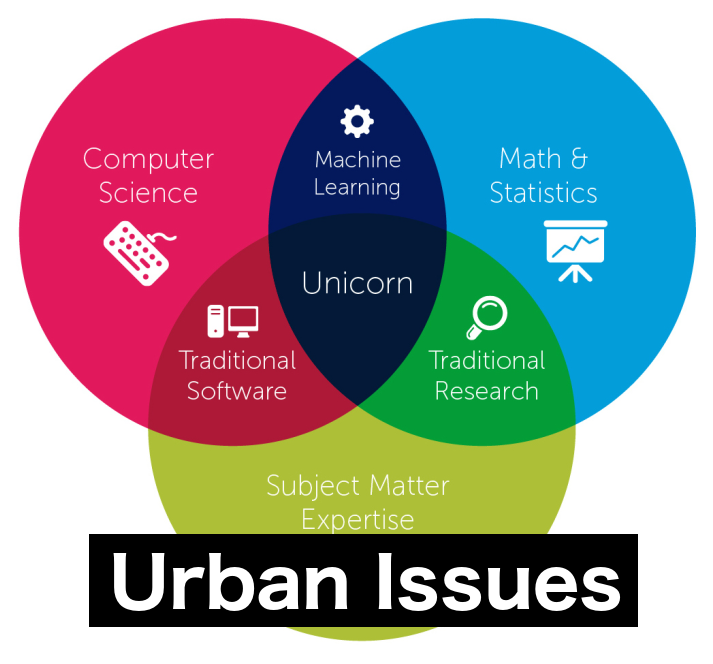
 What are the urban issues?
What are the urban issues?
- Health issues: air pollution, noise pollution
- Environmental issues: climate change (coastal cities), extreme heat
- Traffic congestion, safety, crime
- Housing, income inequality, racial segregation
Using data science to solve urban heat island issues
https://youtube.com/embed/WN-nY1l0VM0Urban "big" data
- Every day, we create 2.5 quintillion bytes of data
- 90% of the data today has been created in the last 2 years alone.
What is big data?
- Three Vs: Volume, Velocity, Variety
- Very large data that cannot be possibly handled with typical softwares, like Excel
- Data volume contiues to increase. ex) Sensor data (IoT), crowdsourced data
- Everything as data, not just text but also images, videos, tweets, etc.
Big data = Structured + Unstructured data
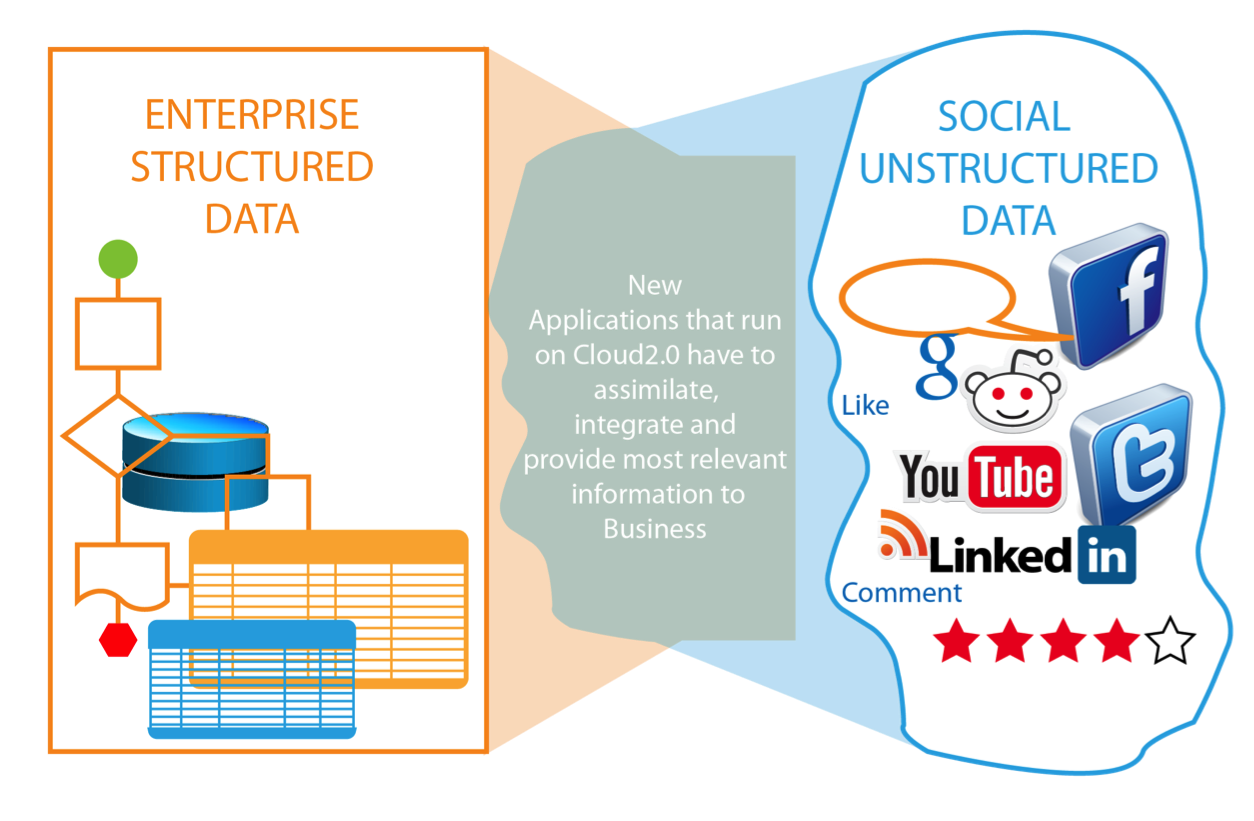
Big data trend

Smart cities and Internet of Things
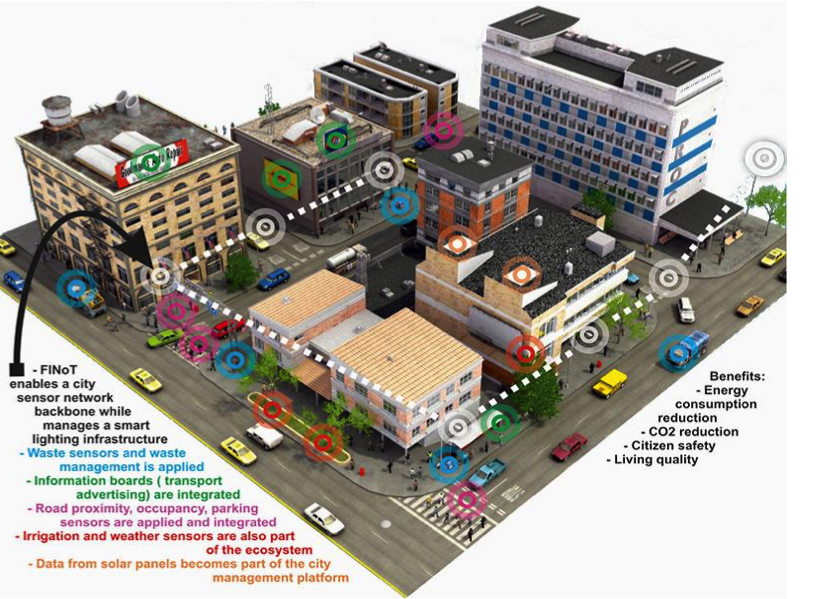
Real-time sensors = Big data
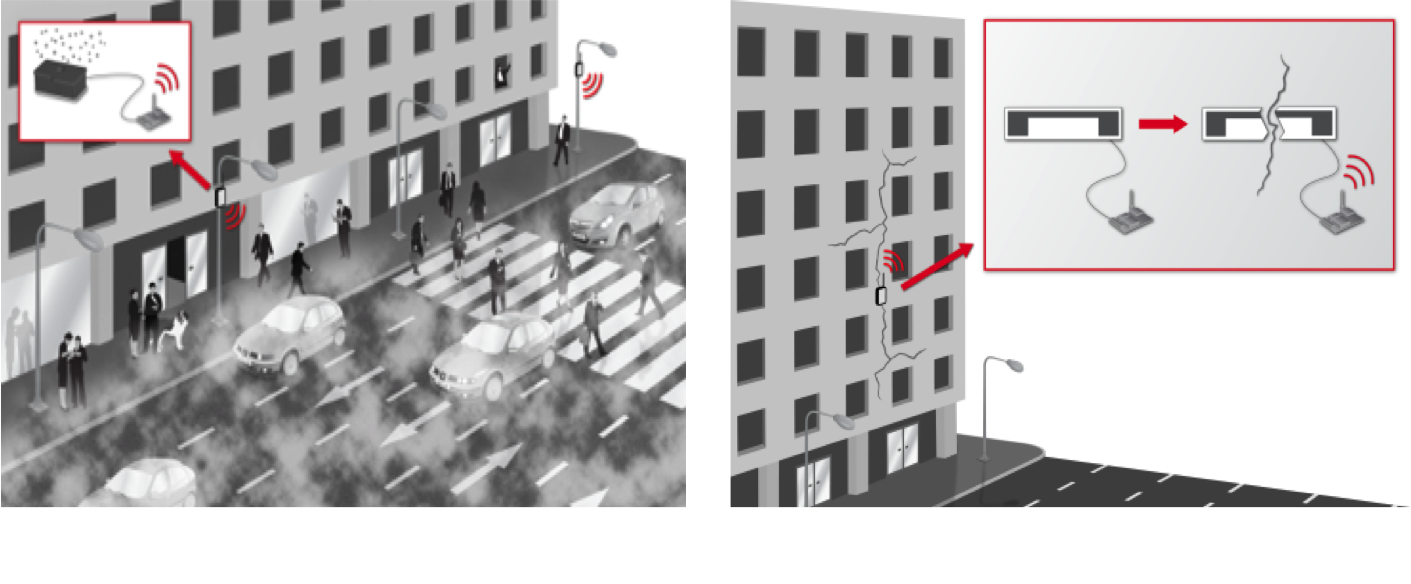
City Sensor
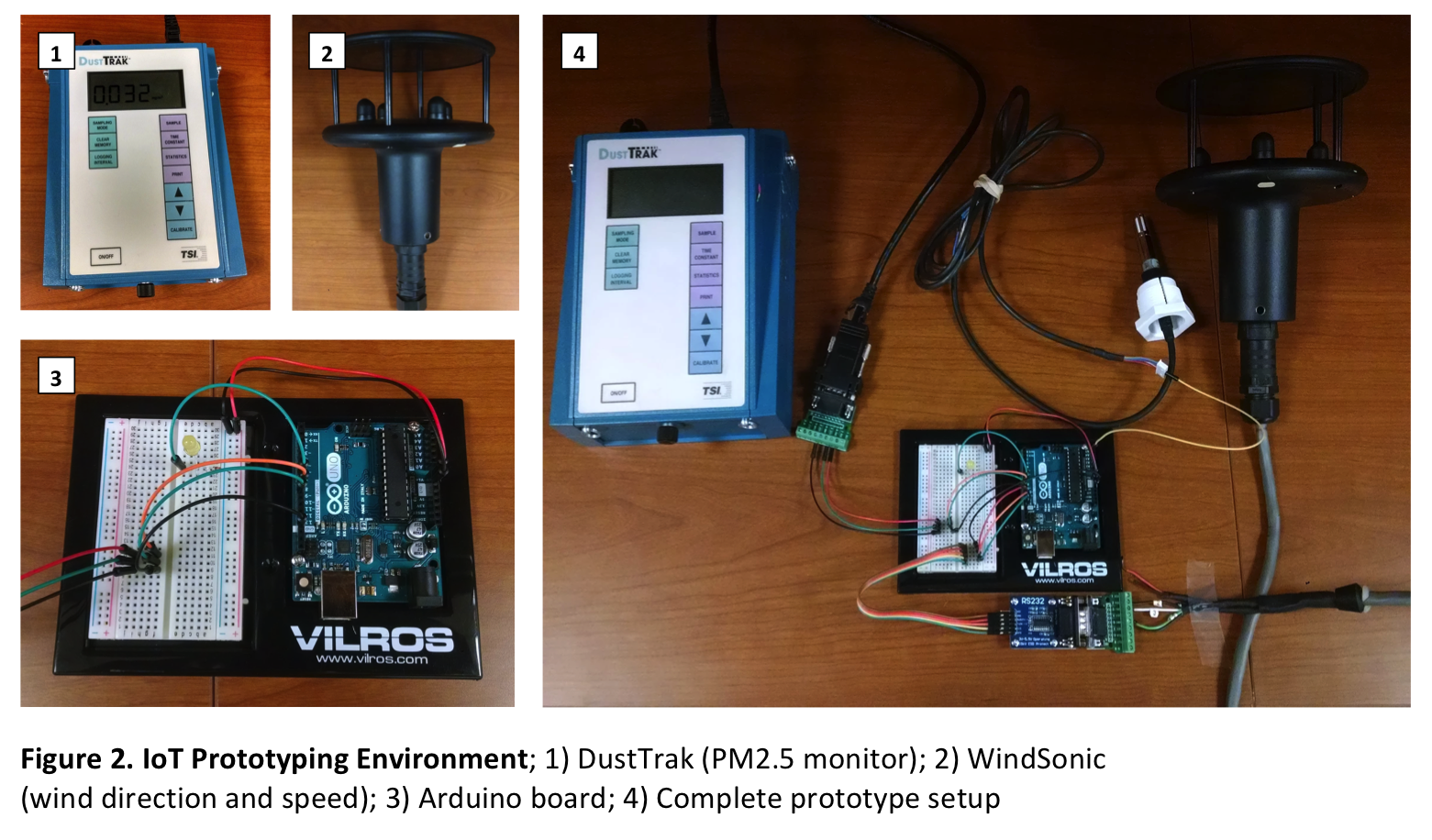
Rise of spatial big data
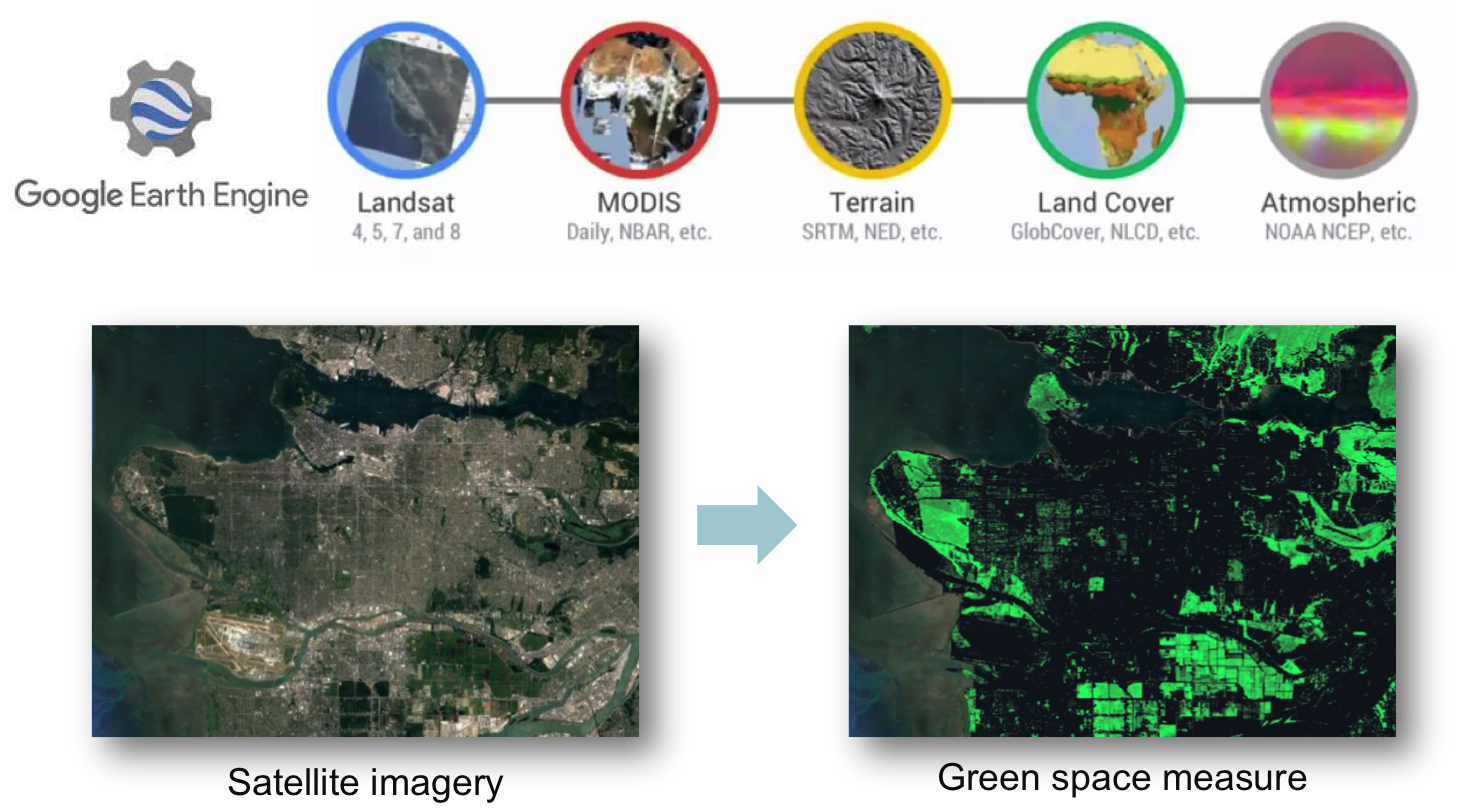
Age of cloud computing
| Pre cloud days | Post cloud days |
|---|---|
|
|
Google Earth Engine Demo
Earth engine code editor: https://code.earthengine.google.com/Group session
InstructionGroup session
https://www.gapminder.org/tools- Group 1: Income x Life expectancy
- Group 2: Income x Life expectancy
- Group 3: Income x CO2
- Group 4: Income x CO2
- Group 5: Income x Babies per woman
- Group 6: Income x Babies per woman
- Group 7: Income x Child mortality
- Group 8: Income x Child mortality


